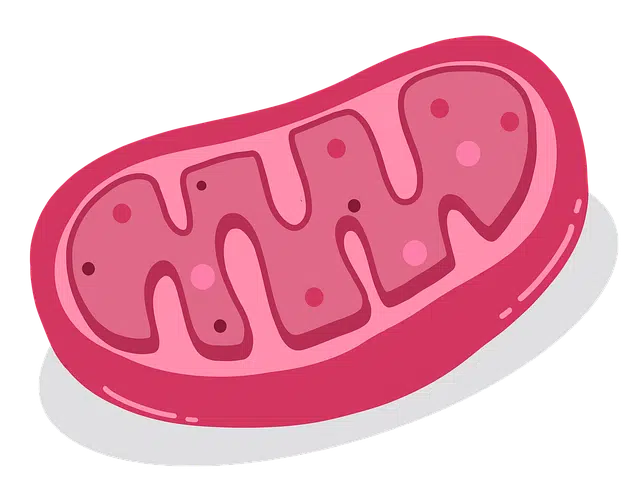
A flexible or elastic sheet can be called a membrane.
From the Latin membrāna , a membrane is a thin parchment-like skin , a fabric that has a laminar shape and has a soft consistency or a thin and flexible plate or sheet .
In biology , a semipermeable membrane is one that allows certain molecules or ions to pass through it by diffusion. The concentration, pressure and temperature of the molecules and solutes will determine how much matter can pass through the membrane. The permeability of the membrane will also depend, of course, on the size of the solute.
On the other hand, the laminar structure that covers the cells and defines their limits is known as the plasmatic or cytoplasmic membrane . This sheet, made up of phospholipids, carbohydrates and proteins, among other components, acts as a container for the cell and provides it with protection.
Nor can we ignore the fact that there is what is known as a false membrane. In the field of medicine, reference is made to that which is characterized by being the membrane that is responsible for covering the tissues that are in contact with the outside and that, for various reasons, have been injured.
membranes in the human body
Likewise, in the aforementioned scientific and anatomical fields we come across the fact that there are a large number of membranes that are located in different parts of the human body and that, therefore, have very different and necessary missions. This would be the case, for example, of the pituitary membrane, which is a type of mucosa located in the nasal passages and which has a very important function: housing the receptors for the sense of smell.
The basement membrane is a natural collagen layer that is located at the base of the epithelia and acts as a physiological filter.
The deciduous membrane is the one that, during pregnancy, lines the internal cavity of the womb.

The plasma membrane defines the boundaries of a cell.
The concept in cosmology
In addition to everything stated above, we must make it clear that there are other scientific fields that also use the term that concerns us now. Thus, for example, in the field of cosmology, a theory is developed, the so-called string theory , which has the membrane as one of its central axes.
With this approach, what is basically expressed is that every extended object, called a string, has a series of material-type particles that are vibrational states of that object. This leads to the proposition that there are eleven different dimensions and that they are encompassed, giving rise to the formation of membranes.
Other types of membrane
In zoology, the nictitating membrane is the third eyelid of birds, which is lateral and transparent.
The mucous membrane lines the cavities of the body that are connected to the outside. They have single-celled glands that secrete mucus.
Finally, it is worth mentioning that an elastic membrane is an elastic body capable of resisting tensile stresses. From a geometric point of view, the elastic membrane has a curved middle surface and a small thickness on both sides.
